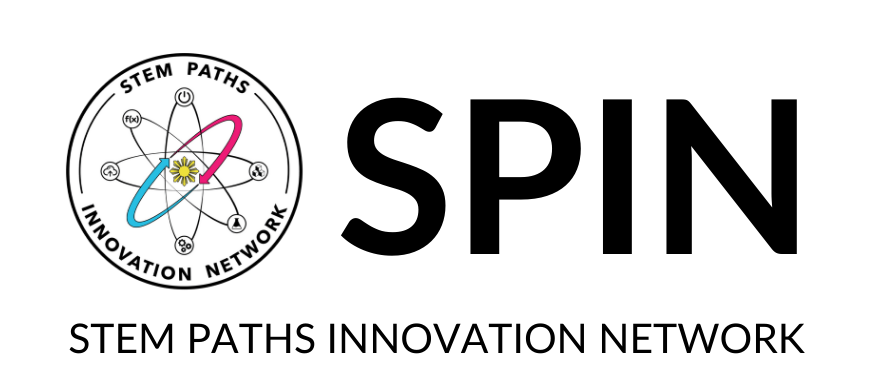Breaking Barriers: Building an Inclusive Future in STEM
Debriefing the National Science Foundation Report on STEM Representation and How You Can Help
Written By: Lauren Canto
In 2025, Science, Technology, Engineering, and Math (STEM) form the foundation of most careers. According to the Bureau of Labor Statistics, by 2034, jobs in STEM fields are projected to grow by approximately 7.5%, compared to just 2.6% growth across non-STEM fields. Yet, despite this demand, many young people, particularly BIPOC students and girls, continue to face barriers to entering and thriving in these fields.
Data and insights from the National Science Foundation highlight key disparities in STEM representation:
1. Racial and ethnic disparities
According to the National Science Foundation (NSF), STEM fields remain disproportionately represented by White and Asian professionals, specifically East and South Asian, while Black, Hispanic, and Indigenous communities are significantly underrepresented. Representation matters because when students do not see people who look like them working, teaching, or leading in STEM, it becomes harder for them to envision themselves belonging in those spaces.
2. Gender inequities
To understand the gender gap in STEM, we must look beyond statistics and examine the roots such as education and the social perceptions that shape it. From an early age, girls and gender-expansive youth are often exposed to subtle biases suggesting that STEM is not for them. This does not stem from a lack of ability but from a growing sense of not belonging, which becomes an internalized bias that discourages participation and persistence in STEM pathways.
3. Accessibility barriers for differently-abled students
STEM education is too often designed with a one-size-fits-all approach. When lessons and resources do not accommodate diverse learning styles and physical needs, students with disabilities are left out of opportunities to explore and succeed in these critical fields.
At SPIN, we recognize that addressing barriers in STEM education requires more than awareness. It demands action, equity-driven design, and community collaboration. Our approach begins with representation. We intentionally create learning environments where students see themselves reflected in instructors, mentors, and curriculum materials. We integrate culturally responsive teaching practices that honor the diverse backgrounds and perspectives of all students. To close gender gaps, we develop programs that actively encourage BIPOC girls and gender-expansive youth to explore STEM through mentorship, leadership opportunities, and hands-on learning experiences that build confidence and belonging. We also prioritize accessibility by designing inclusive curricula and adaptive resources that support a variety of learning needs and abilities. Every program we deliver is guided by the belief that innovation thrives when everyone has the opportunity to contribute and that equitable access to STEM education is essential for shaping a more just and creative future.
Change starts in the classroom and continues in the community. Every young person deserves the chance to see themselves as a creator, engineer, and problem-solver. Join SPIN in supporting our mission of closing the opportunity gap for women and BIPOC (Black, Indigenous, and People of Color) communities in STEM education and careers. and help inspire the next generation of innovators.
